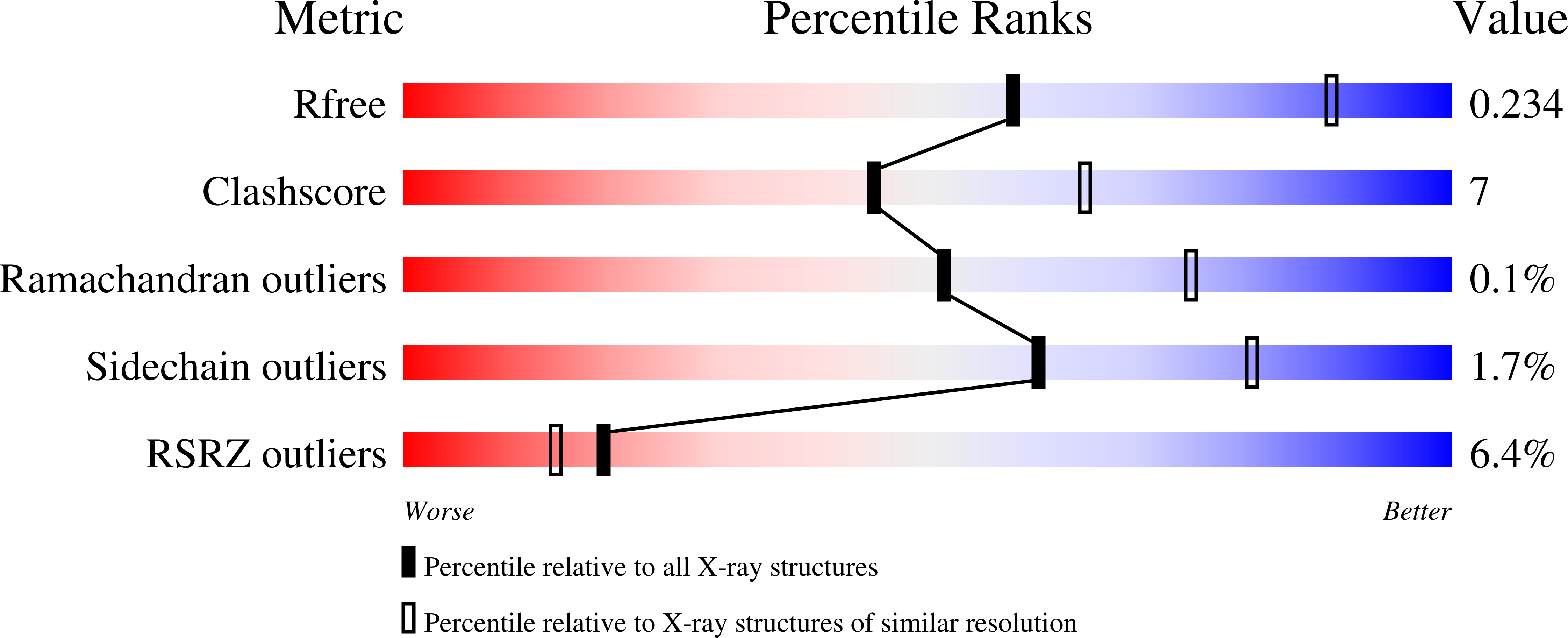
Deposition Date
2022-12-26
Release Date
2023-07-12
Last Version Date
2024-02-07
Entry Detail
PDB ID:
8C3M
Keywords:
Title:
Crystal structure of ferredoxin/flavodoxin NADP+ oxidoreductase 1 (FNR1) V329H mutant from Bacillus cereus
Biological Source:
Source Organism:
Bacillus cereus ATCC 14579 (Taxon ID: 226900)
Host Organism:
Method Details:
Experimental Method:
Resolution:
2.60 Å
R-Value Free:
0.23
R-Value Work:
0.18
R-Value Observed:
0.19
Space Group:
P 21 21 2


